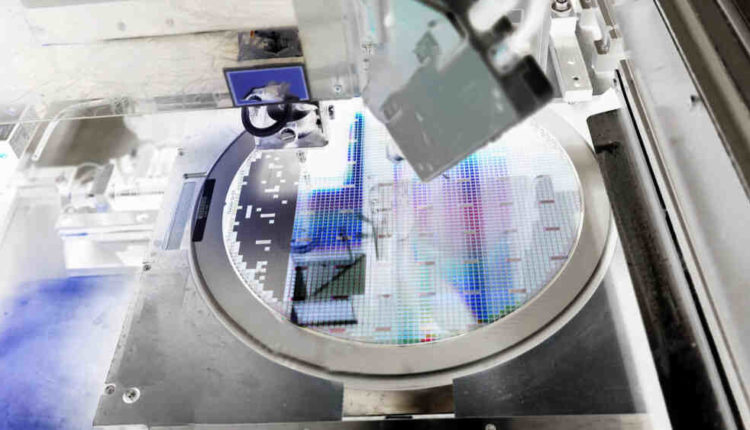Quantum Dots: Revolutionizing Display Technology and Lighting Applications
Quantum dots, the semiconductor nanocrystals, are playing a pivotal role in the revolutionary strides being taken in the display industry. Quantum dot displays are emerging as significant players, offering improved color gamut, brightness, and energy efficiency compared to traditional display technologies like OLED (Organic Light-Emitting Diode) and LED (Light Emitting Diode).

Quantum Dots: A Rundown
The properties of quantum dots are largely governed by quantum confinement effects. Essentially, their size and shape determine the color of light they emit when excited, an effect stemming from quantum mechanics. Smaller quantum dots emit blue light, while larger ones emit red light. The science and technology behind quantum dots have been refined to create different types, including the blue quantum dot, perovskite quantum dot, graphene quantum dots, and CdSe (Cadmium Selenide) quantum dots.

Quantum Dots in Display Technology
One of the most compelling applications of quantum dots is in the realm of display technology. The working principle of a quantum dot display centers around a quantum dot enhancement film or quantum dot color filter placed in front of a light source, often an LED backlight. The quantum dots absorb the blue light from the LED and re-emit it as red and green light.
Quantum dot displays deliver a wide color gamut, high brightness, and energy efficiency. This improvement in display color and brightness over traditional display backlights, such as those used in liquid crystal displays and white LED backlights, has set quantum dots apart in the industry. Quantum dots also facilitate flat panel display fabrication, enhancing display performance across a range of display devices and products.
Quantum Dots in LED Technology
Quantum dot technology is not just confined to displays. Quantum dot light-emitting diodes (QLEDs), a variant of LEDs, are another development that leverages quantum dots’ ability to emit light with high photoluminescence quantum yield and external quantum efficiency. These quantum dot light-emitting diodes are used in display panels and for creating white light sources for lighting applications.
Furthermore, quantum dot-based LEDs offer the benefit of a high external quantum efficiency. The use of blue quantum dots in blue LEDs enables the manufacture of blue LED chips with significantly higher performance than traditional blue LEDs.
Quantum Dots: The Future of Display Technology
The future of display technology is primarily geared towards achieving a wider color gamut, higher brightness, and energy efficiency, and quantum dots are poised to play a crucial role in this. Innovations like the quantum dot enhancement film and QLED displays based on quantum dots are already pushing the boundaries of what’s possible.
Advancements are being made with lead halide perovskite quantum dots and InP-based (Indium Phosphide) quantum dots, both of which offer excellent photostability and non-toxic properties. Such developments are set to bring about the next generation of display technology, demonstrating that quantum dots may indeed become the widely used semiconductor in electronics and the display industry.
Conclusion
Quantum dots, due to their unique properties and versatility, are ushering in a new era in the field of display technology. As research advances and newer forms of quantum dots are developed, we can expect these tiny semiconductors to continue revolutionizing the display industry and lighting applications, solidifying their position as a leading force in the technological landscape.




Comments are closed.